

Max Davies
2026 Toyota HiAce review
1 Hour Ago
GTA, GT3 RS and CSL, amongst others, are hallowed terms among car enthusiasts. But what do they stand for?

Contributor
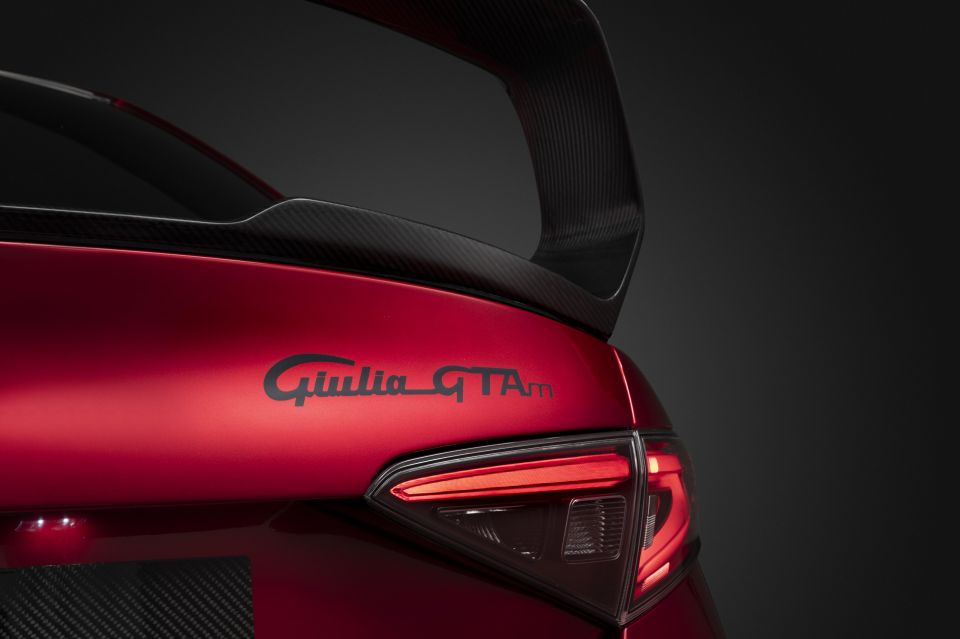

Contributor
Race on Sunday, sell on Monday. This notion of motorsport success leading to more dollars at the dealership has been a tried and tested automotive marketing adage for many decades.
From wins in V8 Supercars bringing prospective Commodore and Falcon buyers to the showroom in years gone by, to models such as the Subaru WRX and Mitsubishi Lancer Evolution gaining street cred from victories in World Rally Championships, carmakers love to emphasise even the faintest links between their motorsport divisions and road cars.
Despite the onset of electrification and constant developments in the autonomous driving space, for many OEMs, that practice continues to a large degree today. One way that carmakers do this is by producing ultra-high performance versions of their ordinary models that are road legal, but are also equally ready for setting lap times on track.
These cars also tend to sit at the absolute pinnacle of their respective model ranges price-wise, and are typically produced in limited numbers to preserve status.
Although this means that such models are unlikely to contribute significantly to an OEM’s bottom line, they can nevertheless bring a symbolic ‘sparkle’ to the rest of the lineup under the implication that even entry-level versions are imbued with the same underlying sporty character.

If the phrase ‘trials, tribulations and successes’ could be used to describe the history of a carmaker, Alfa Romeo would fit the bill.
Although the marque has had less success recently, it has continued a tradition of branding the highest performance models in its mainstream lineup (excluding models such as the 8C Competizione) with the GTA badge. These models present themselves as a more hardcore, track focused level over and above the Quadrifoglio/Quadrifoglio Verde (QV) specification.
In Alfa Romeo parlance, GTA stands for Gran Turismo Alleggerita in Italian, or Lightened Grand Tourer in English. The GTA badge was first introduced with the original Giulia Sprint GTA in 1965, and has been revived with GTA and GTAm (Gran Turismo Alleggerita modificata, or Lightened Grand Tourer modified) models based on the latest Giulia sedan.
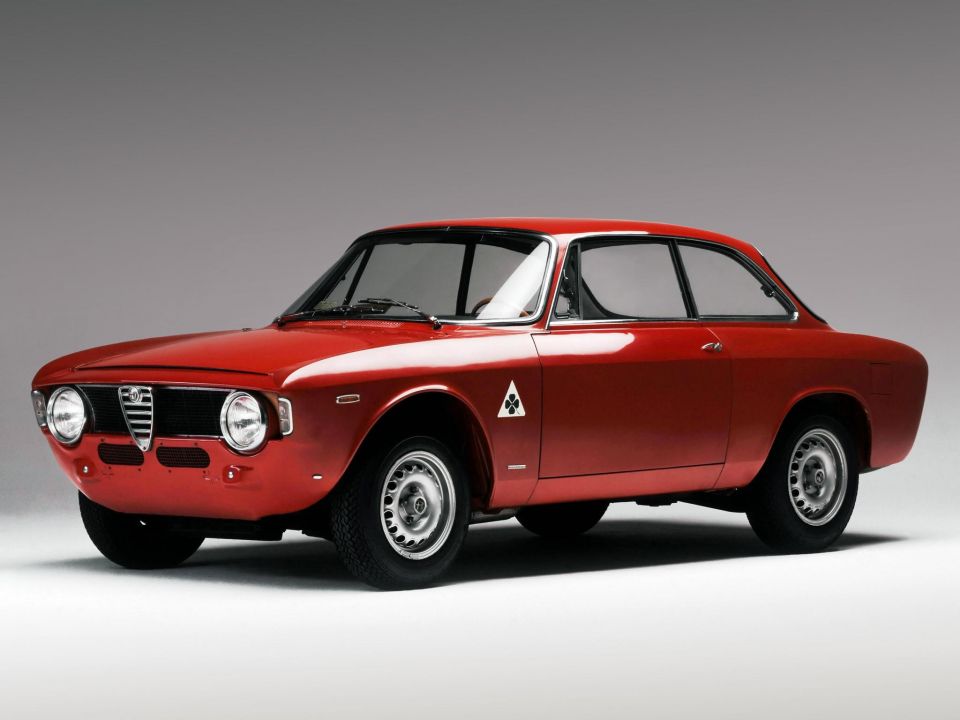
There may be more than fifty years separating the original and current Giulia GTA models, but like all true GTAs, they share characteristics such as a focus on using lightweight materials and an uprated engine. The latest GTAm, for example, even removes the rear seats and uses polycarbonate side windows to reduce weight by 100kg compared to the Giulia Quadrifoglio.
Other recent models bestowed with the GTA badge include the 156 GTA and the smaller, hot-hatch 147 GTA, both of which featured the famed Alfa Romeo ‘Busso’ 3.2L V6 engine with 184kW of power.
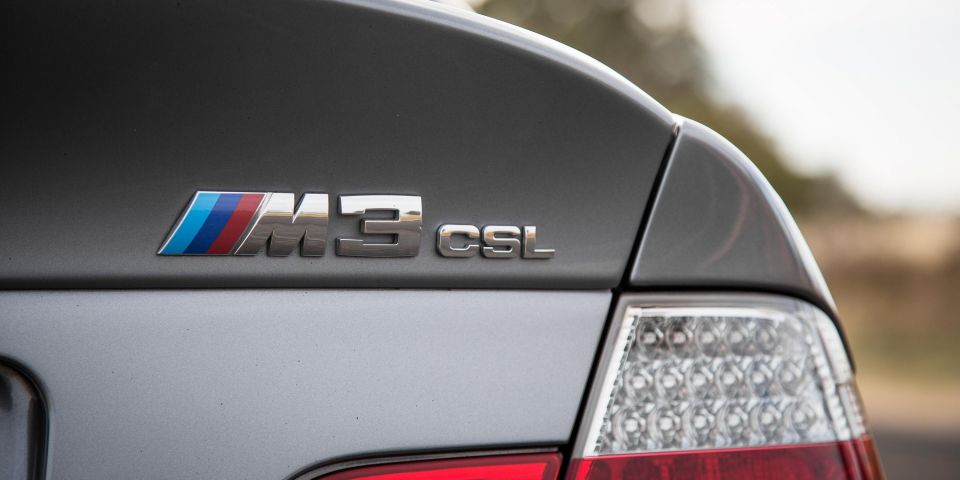
BMW is famous for its extensive lineup of M vehicles, which in recent years has expanded across the lineup to also include much of the SUV range.
The Bavarian marque has also broadened the scope of ‘M’ itself to not only comprise models with supercar baiting performance, but also an entire sub-brand consisting of everything from M Sport appearance packages to semi-skim M Performance variants sitting below a full-fat M car.
At the top end of the scale, however, BMW has continued to use the CS and CSL badges to denote models that go above standard M cars to maximise performance on the track, whilst retaining daily drivability.
Over time, BMW has revised what the CS and CSL acronyms stand for. The marque suggests that the CS moniker stands for anything from ‘Coupé Sport’ to ‘Competition Sport’ or even ‘Club Sport’. With the L in CSL denoting the German word ‘Leichtbau’ for ‘Lightweight’, it follows that CSL could also mean a lightened version of any of the above.
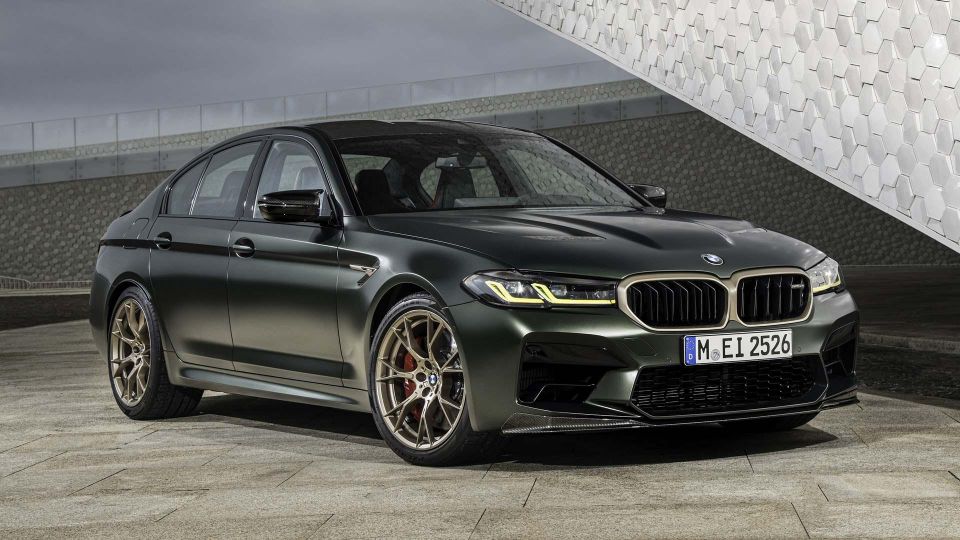
The most recent M products to feature a CS variant include the recently superseded M2 CS, and the in-production M5 CS, claimed by BMW to be its quickest and most powerful production road car ever, with 467kW of power and a 0-100 km/h acceleration figure of just 3.0 seconds.
The CSL designation is used more sparingly by BMW, with the first model to bear this name being the 1972 BMW E9 based 3.0 CSL coupe. 1265 examples were built, under the rationale of homologating the car to make it eligible to participate in the European Touring Car Championship.
More recently, BMW produced the E46 M3 CSL in 2003, which used various measures to reduce its weight by more than 110kg to just 1385 kg compared to a standard M3.
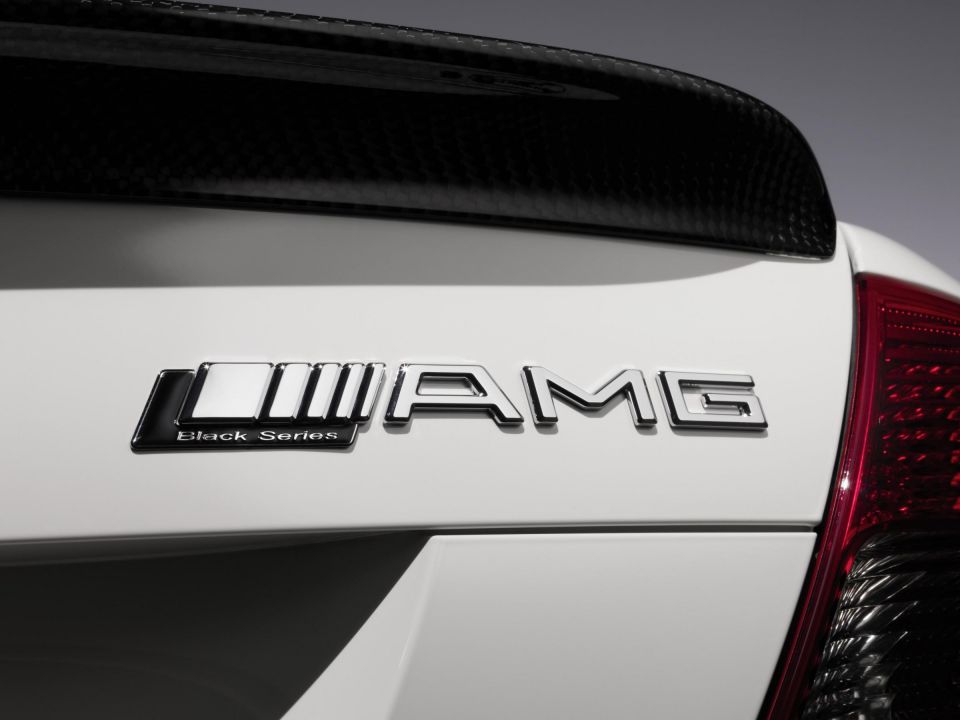
Mercedes has traditionally been a more comfort oriented brand than BMW and Alfa Romeo, however, with a full lineup of AMG cars and the distinction of developing the most powerful production four-cylinder engine to date (as featured in the A45 S AMG), the brand’s performance credentials are irrefutable.
With most models across the lineup available in AMG specification, Mercedes has introduced its ‘Black Series’ designation to further differentiate its more track oriented vehicles.
Although the Black Series badge was coined in 2006 and therefore lacks the pedigree of Alfa Romeo’s GTA and BMW’s CS and CSL monikers, Mercedes has more than made up for this by way of sheer performance.
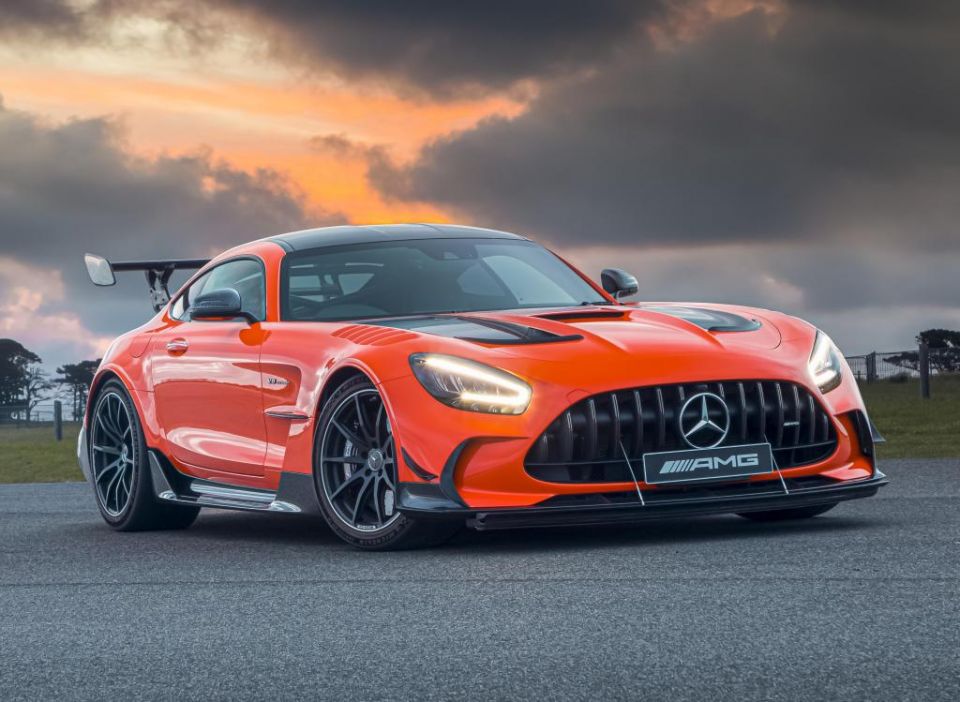
The latest model in the range, the Mercedes-AMG GT Black Series, offers track performance superior to anything from the brands described above. In fact, its Nürburgring time of 6:43:62 is currently second only to the Porsche 911 GT2 RS (with the caveat described below) for road-legal production cars.
In Australia, just 28 examples were made available, and each of these was equipped with the exact same technical specification per the car that achieved the record-breaking time at the Green Hell.
The AMG GT Black Series is the sixth Black Series model produced over the course of some 15 years. Other notable Black Series cars include the gullwing SLS AMG Black Series, and the CLK63 AMG Black Series (as infamously owned by Jeremy Clarkson).

Porsche, more than any other brand here, is a dedicated sports car company. Even base trims of entry level models such as the Macan SUV exhibit a greater focus on vehicle dynamics and handling than class competitors, and the core model of the brand, the 911, is well known for being the benchmark sports car for the last several decades.
In general, the trim structure for Porsche models can be split into two ‘branches.’ Typically, the Turbo and Turbo S variants aim to offer ultimate power, combined with luxury, comfort and other amenities geared towards on-road usage. Meanwhile, anything suffixed with the letters GT and a numeral (such as GT3) serves as an alternative, track-oriented flagship.
Note that whilst the above applies to the 911, other model ranges may only be available with one of the ‘branches.’
For example, the 718 range tops out with the GT4 RS and lacks a Turbo or Turbo S flagship. Conversely, the Cayenne, Taycan and Panamera lack any GT-numeral models (note that GTS is a separate, road-oriented trim level sitting below Turbo specification). Porsche itself has also muddied the waters with the introduction of models such as the GT3 Touring, which presents itself as a more liveable alternative to a standard 911 GT3.
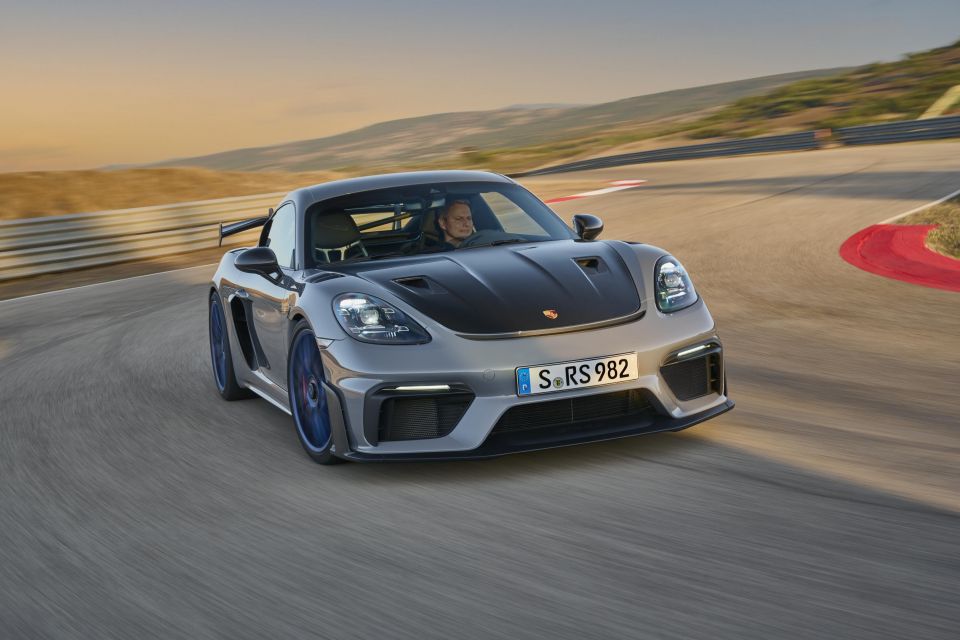
Badges such as GT4, GT3 and GT2 are a direct reference to different Grand Touring (GT) sports car racing classes, as mandated by the FIA (the international governing body for motorsport). Per FIA convention, GT4 is the least powerful of these classes, followed by GT3 and then GT2. Correspondingly, Porsche markets the 718 Cayman GT4 as a slower, more entry level alternative to models such as the 911 GT3.
Some variants are also available in RS (German for Renn Sport, or Race Sport) guise, which usually adds further power, whilst also incorporating weight saving measures such as greater use of carbon fibre materials.
The 991 generation 911 GT2 RS currently holds the Nürburgring lap record for the fastest road-legal production car, with a time of 6:43:30. Note that this is with the ‘Manthey Performance Kit’, comprising a suspension and bodykit upgrade by aftermarket supplier Manthey. This kit is available in European Porsche dealerships as an officially authorised accessory.
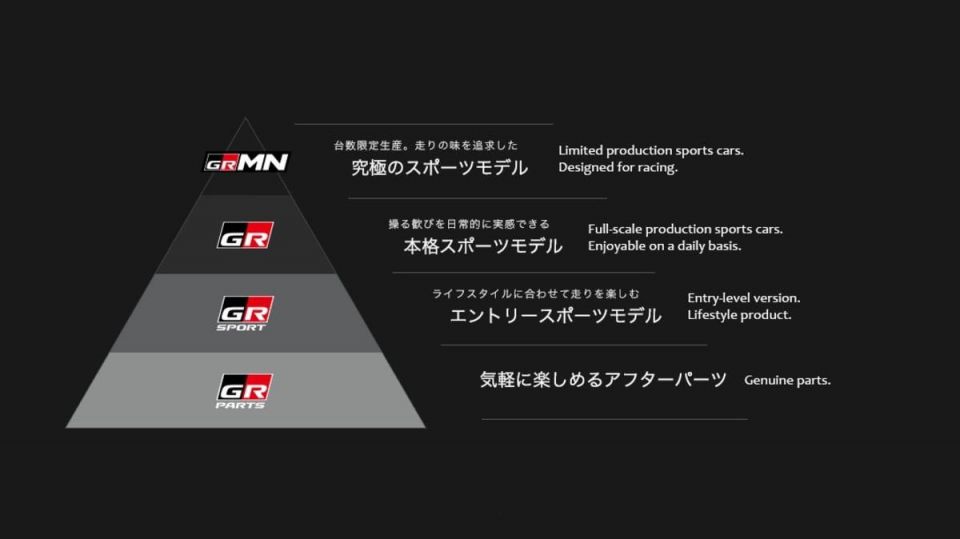
Toyota has recently embarked on a quest to unify its performance offerings around the globe under the GR (Gazoo Racing) banner, with new sports cars such as the GR Yaris, GR Supra and GR86 now falling under this sub-brand.
Much like how BMW and Mercedes have M Sport and AMG-line body kits for regular models, the GR brand also includes ‘GR Sport’ appearance packages for models like the C-HR small SUV.
Perhaps less well known is that GR also includes a higher-tier brand for models with a sharpened track focus. Toyota makes this clear with the very forward acronym GRMN (Gazoo Racing Meister of Nürburgring), and as the name implies, these are versions of regular production models that have been tuned to optimise track performance.
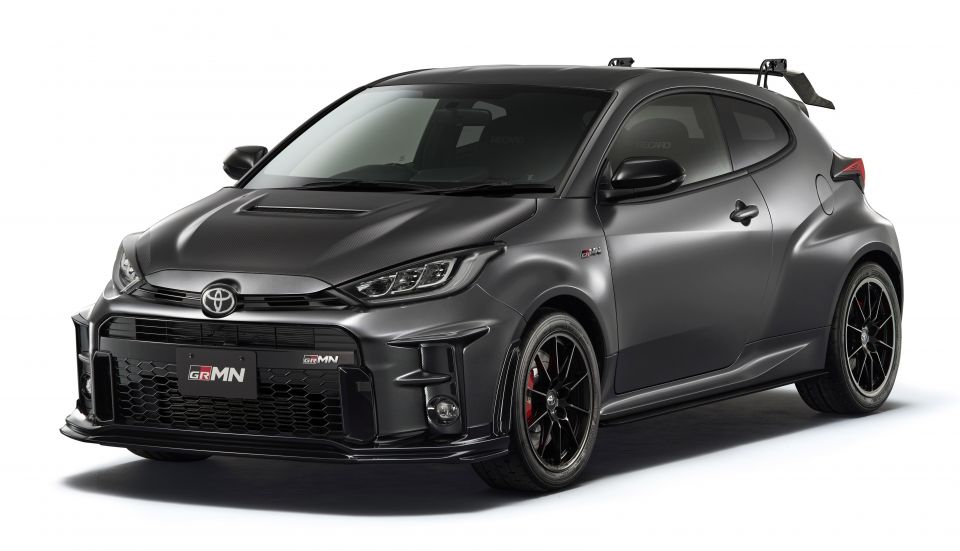
Nevertheless, although lesser GR models are available around the world, GRMN variants are currently largely restricted to the Japanese domestic market.
For example, the latest GRMN Yaris features upgrades such as mechanical limited-slip differentials, increased torque and a stiffened body compared to the standard GR Yaris, but is limited to a 500 unit production run with cars being sold via lottery.
Other GRMN models such as the Mark X GRMN, Vitz GRMN and the tiny iQ GRMN, have also focused on chassis and power upgrades, but have been largely restricted to sales within Japan.
Perhaps the most interesting GRMN car is the one driven by CEO Akio Toyoda himself. Known as the Century GRMN, just two examples have been seen publicly, and Toyota has remained tight-lipped around what upgrades this car has over the standard, ultra-conservative Century limousine.



Max Davies
1 Hour Ago


William Stopford
17 Hours Ago


Ben Zachariah
18 Hours Ago


Derek Fung
19 Hours Ago


Matt Campbell
1 Day Ago


William Stopford
2 Days Ago